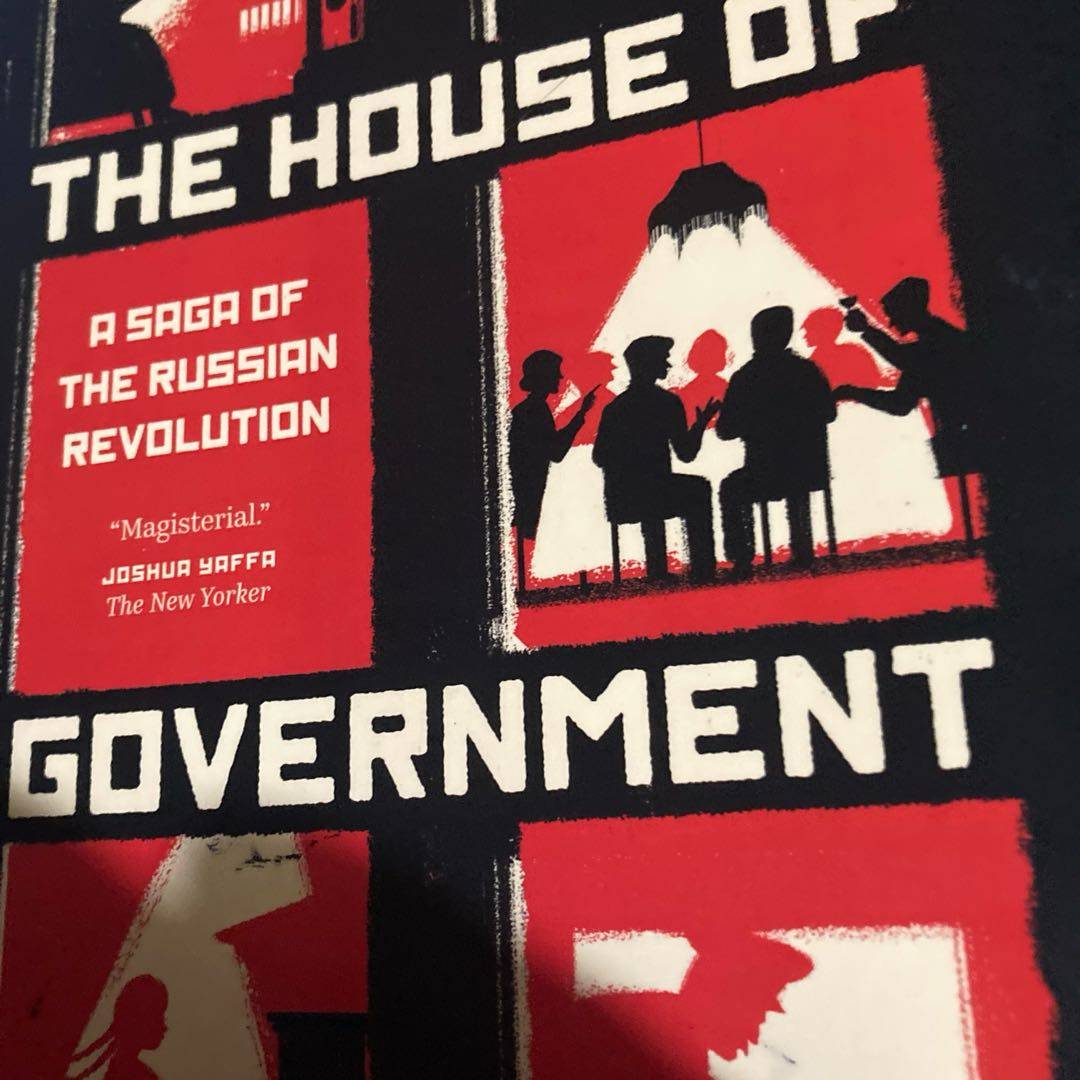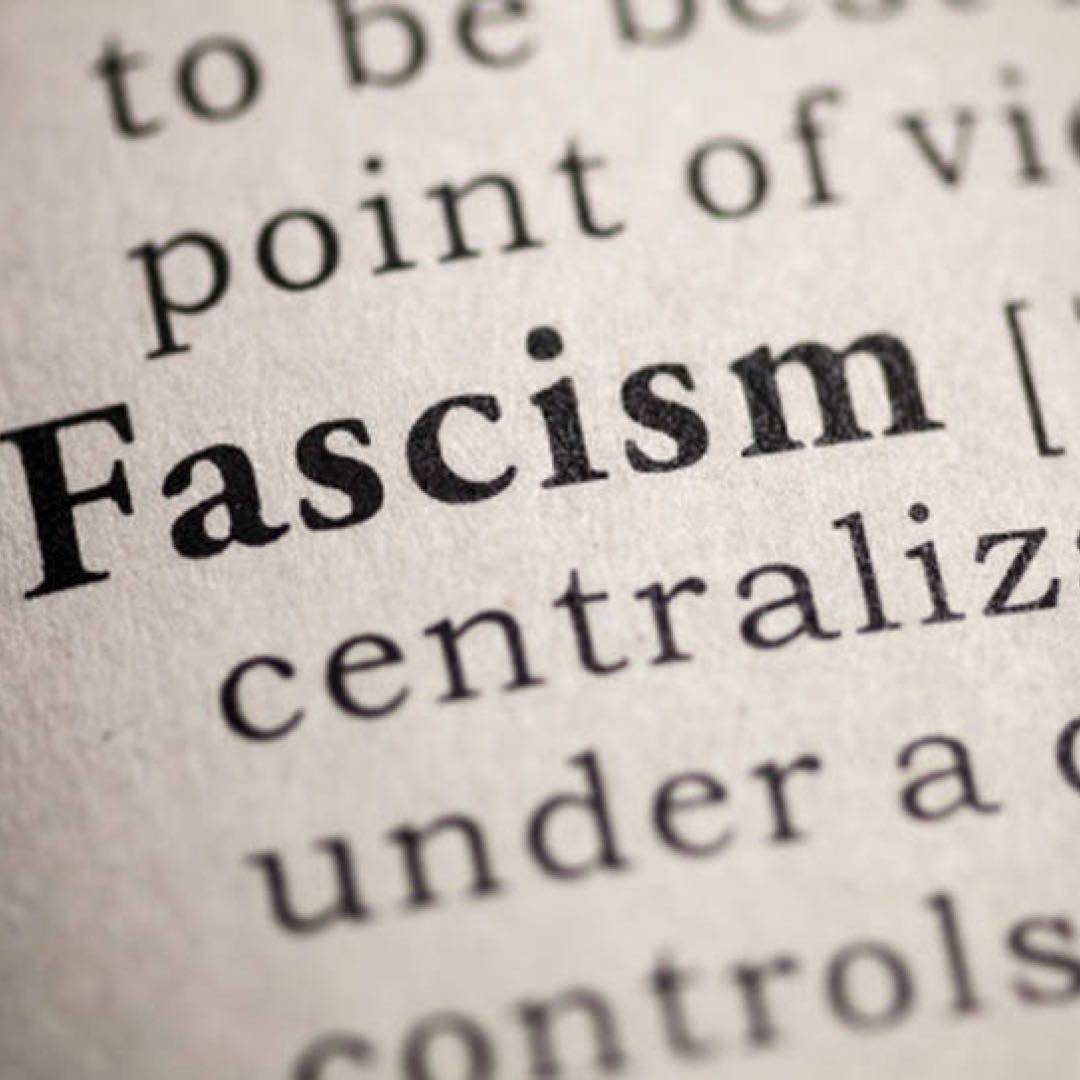
Does what it says on the tin, taking us from 1917 to 1928, although the author did sometimes overwhelm me with statistics.

Does what it says on the tin, taking us from 1917 to 1928, although the author did sometimes overwhelm me with statistics.


Slezkine introduces the reader into the homes and histories of the families living in the House of Government. Their fanatic idealism, close, almost familial, ties to their fellow political revolutionaries is as inspiring as it is melancholy as their friends were behind their downfall and/or death.It is with astonishing to realize many of those who lost everything still considered Stalin their friend and savior. the font is almost painful to read.

3.5 Stars: Rating based on introduction and not actual manifesto. 80%+ is commentary on the (surprising to me) short manifesto by Marx. I found the introduction informative and it gave good backstory to what lead up to Marx‘s writing.

In capitalism, people claimed to be free and equal, but this was only on paper because only the rich could take advantage of the rights available.....
'Do you remember Black Boy?' teacher Nora asked when we read Richard Wright's autobiography in school. 'In the dictatorship of the bourgeoisie, a poor black person cannot be free. The police are after him. The law works against him.'

While I was in Berlin, I met a British tour guide who referenced this specific book as a great introduction to the advent and dissolution of East Germany or the German Democratic Republic. Funny enough, I was already reading it. Hoyer does a particularly nice job with the format relating individual experiences of citizens of various locales, backgrounds, industries, dissenters and true believers and builds the historical narrative off this device.

The concise history of the GDR covers the time leading up to the building of the Wall and ending in 1990. Hoyer aims to show the reader what life in the GDR was like - including welfare state, home and family, popular culture and foreign relations -while also focusing on key figures such as Walter Ulbricht, Erich Honecker and head of Stasi, Erich Mielke. When it comes to women‘s equality, the GDR was one step ahead of the west: women were working

“What happened to the U.S businesses that collaborated with fascism? Corporations like DuPont, Ford, General Motors, and ITT owned factories in the enemy countries that produced fuel, tanks, and planes that wreaked havoc on allied forces. After the war instead of being prosecuted for treason ITT collected 27 million from the U.S government for war damages inflicted on its German plants by allied bombings. G.M collected over 33 million

“What distinguishes fascism from ordinary right-wing patriarchal autocracies is is the way it attempts to cultivate a revolutionary aura”
Sound familiar?
#Thewholethingithinkitssick
#gobacktosleep